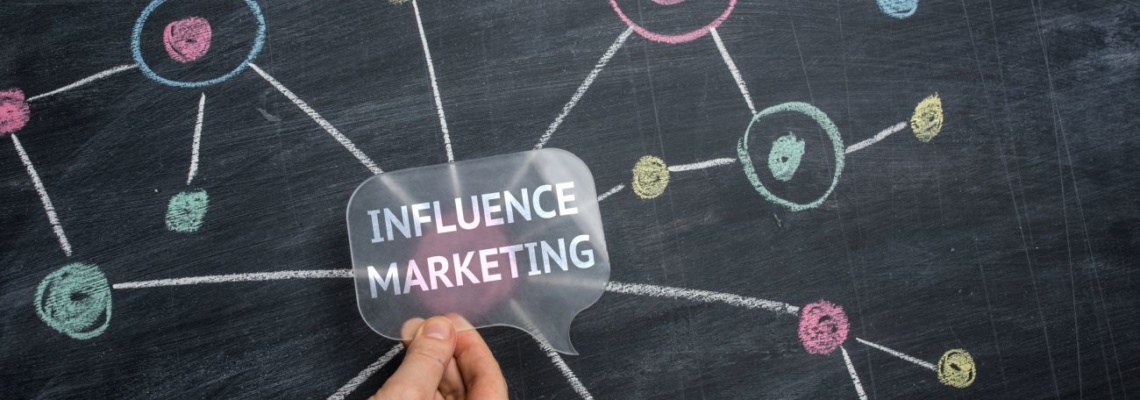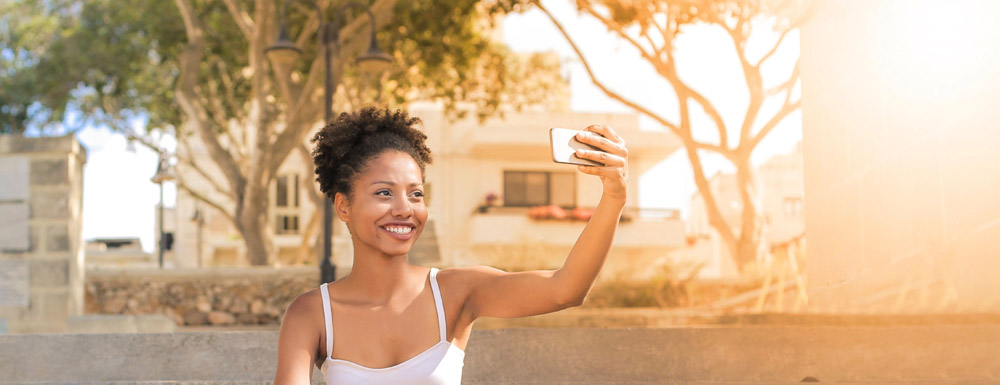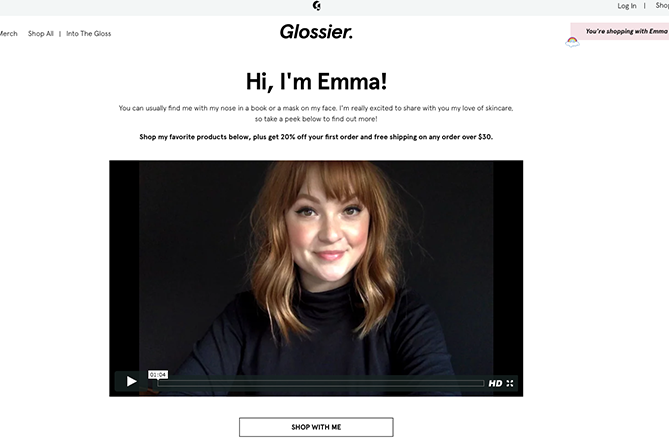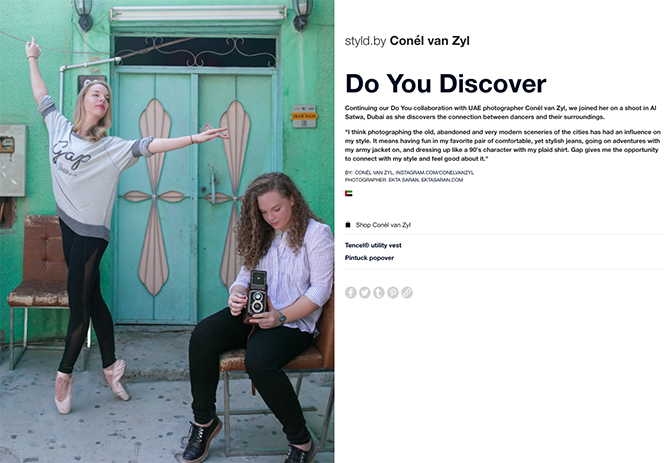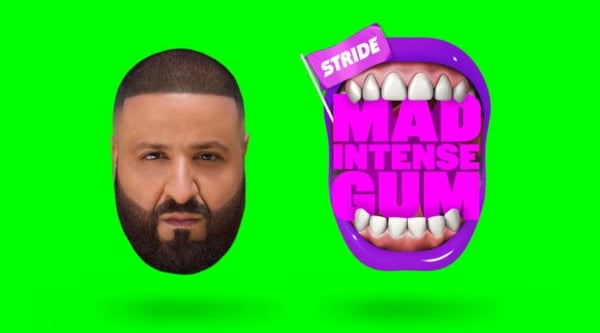On – 18 Oct, 2017 By Jeff Rojas
A quick Google Trends Search and you'll quickly see that the search for “Influencer Marketing” has skyrocketed over the last five years. Rightfully so, as Entrepreneur contributor Daniel Newman pointed out in 2015, and several studies have proved: Influencer marketing is the fastest growing and most cost-effective channel.
But for every success story, there's a dozen other nightmare stories of influencers who've mishandled their responsibilities and botched their marketing strategies along the way. Case in point, a celebrity influencer who neglectfully forgot to remove the copy from their post. If you’ve ever hired an influencer and didn’t see a return on your investment, don’t worry you’re not alone. In an ideal world, you’d hire a Michael Jordan or David Beckham for your company, and products would start flying off of the shelves.
The reality is that influencer marketing is significantly more complex than that. Even though you’re paying for access to a specific audience, that audience is still a consumer market that you need to use a strategic approach with — and adopt an entrepreneurial mindset.
1. Seamless integration — find someone with real interest in your product.
While it should go without saying, you want to invest in someone who actually uses your product or service, or someone who could potentially benefit from using your product or service.
It’s not worth your time hiring someone who doesn’t have a vested interest in using your product. For instance, if you were a wetsuit company targeting surfers — you wouldn't try to engage with a surfer who is known for not wearing a wetsuit.
It is probably not the most efficient use of your time to employ a non-wetsuit wearer, unless you can come up with a compelling reason why your specific person is jumping out of their skin to start wearing your new wetsuit for a distinct and definite reason.
You want someone who wants to use your product and who is willing to provide you “real world feedback.” Think of it like a small focus group for research and development (e.g., this is what I LOVE about your product, but I think you can improve on it). This way, you know exactly what they’d tell their audience behind closed doors when you’re not around.
2. Know the difference between depth vs. reach.
Just because a person has a large audience doesn’t mean they’re successfully reaching them. And just because an influencer has a large following doesn’t mean they have the attention of their audience. Worst yet, what if your influencer was one of those who bought their followers?
A large following doesn’t mean anything if that audience isn’t listening to you. Think about it this way: If you had a physical brick and mortar store, what’s more valuable for immediate sales?
- A list of 100,000 people in your area. Or,
- A list of 1,000 people in your area who have genuine interest and need for your product or service.
While the first scenario may help reach a broader audience and start promoting brand awareness, it's not as likely to convert to sales if you're trying to cover overhead. Most, companies would rather take the qualified list of leads — and rightfully so.
In order to make the most of influencer marketing, you need to hold influencers up to the same level of accountability as any of your other marketing outlets. It doesn't benefit your business to invest in a lead list with no qualified leads.
3. Hold influencers accountable.
The problem with traditional influencer marketing is that most companies don’t set themselves up for success to begin with. Simply put, they’re paying for something or someone they don’t even understand how to efficiently use.
The secret to making influencer marketing efficient is to first define what your goal is and exactly how and why that influencer can help you get there.
If your focus is brand awareness and you’re trying to build your Instagram following — great! Define a reasonable number of views and followers that you’re expecting per post. Define how many followers that you’d like to see by the end of the month. Define what tags to use to promote your content. Be explicit with details.
If you’re trying to sell products, then define how many sales you’d like to see per month or per quarter. There are quite a few fitness companies on Instagram who offer commission sales to their influencers as opposed to paying them per post. In order to keep anyone accountable, you need to define what your goal is so that you can track of their progress with specifics.
In addition to that, most influencer marketing is done with a “shake of the hand” deal, or a “nod of the head.” That type of mentality doesn’t lend itself well to accountability or success.
If you want to make the most of any influencer marketing, you need to focus on defining a specific outcome and then holding your influencers accountable just as you would your other employees. By defining target goals and defining expectations, you can set yourself up for success from the beginning.
For instance, a couple of my clients have hired me on a monthly retainer rather than hiring me on a project by project basis. Each contract has different stipulations, but my obligations range from speaking engagements to demonstrating products and mentioning new products on social media. The benefit for companies to work with me on a consistent basis is that I’m able to incorporate them seamlessly into the work I’m doing already.
For example, say that you’re a men’s sportswear brand and you’re looking to pay an influencer to wear your attire while they’re working out. Rather than doing a one off video or project, sponsor them and require that they wear your attire anytime they’re on camera.
Keeping that example, say your influencer gets picked up by a vitamin brand — now your influencer is wearing your attire while marketing the vitamin brand’s product.
By incorporating several brands that seamlessly integrate with one another into my daily outreach, the companies can then benefit from the marketing dollars my other clients spend. Think of it like a mutual fund and my brand is the bank.
Individually, each company may have a limited budget for outreach, but by pooling their resources into one brand (me), they’re able to reach a consumer market they may have not had access to. With those contracts, my clients and I sit down and write up a contract that defines specific dates, projects and expectations that they have — then I follow up monthly with a report and phone call.
Contractually, what you’ll want to do is make sure that your influencer doesn't include your competitors. This seems obvious to entrepreneurs, but not so much with influencers.
Just like any other employee, you have to keep your influencers accountable or you’re not going to see a return on your investment. I also find that the brands that have the most communication with me are usually the ones seeing the most benefit out of working with my brand.
Even if I’m putting my best foot forward, usually clients who are uninvolved don’t see the value I bring to table until it’s too late. Coordinating our efforts allows me to create the content that promotes their products in the most seamless way possible.
Source:


